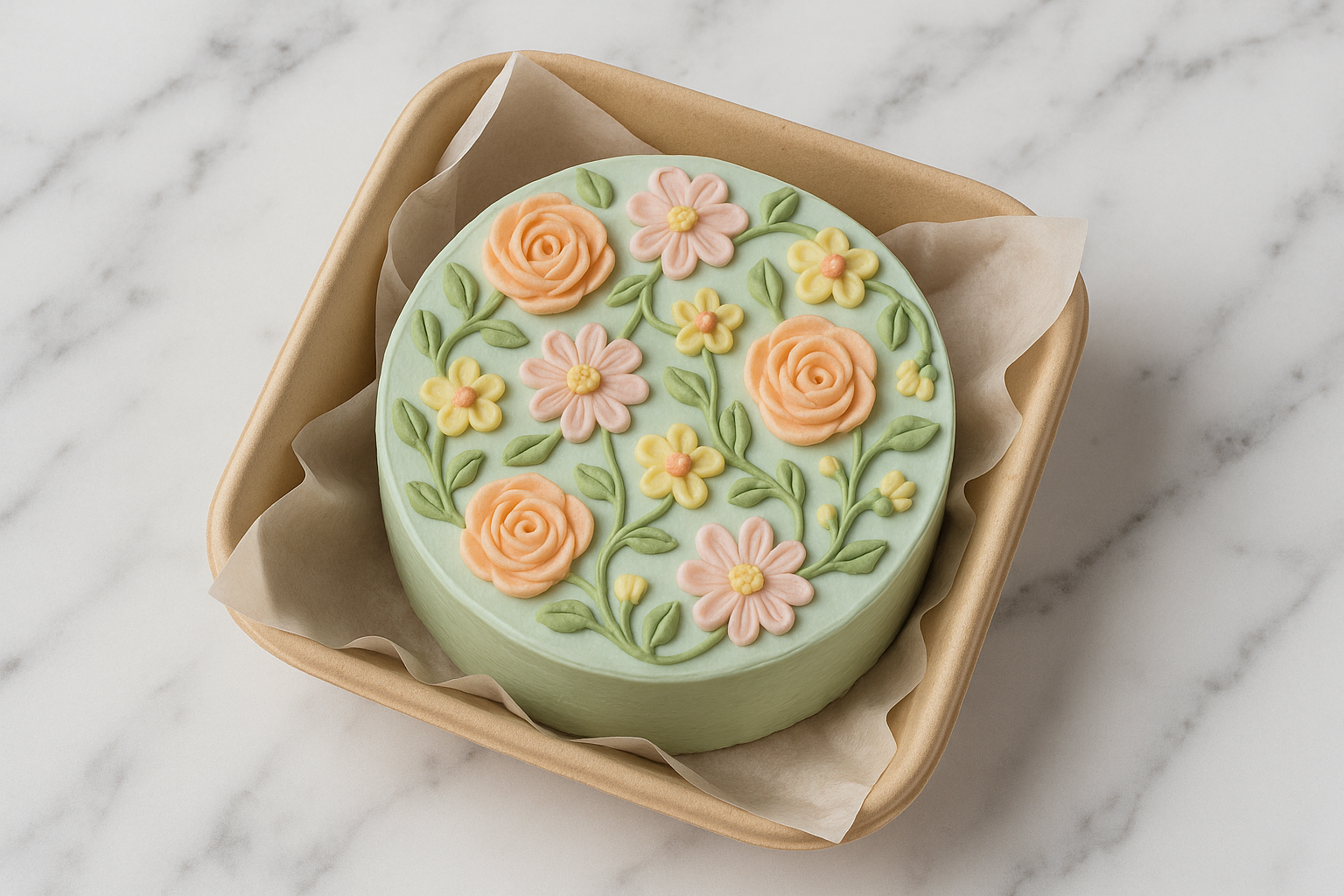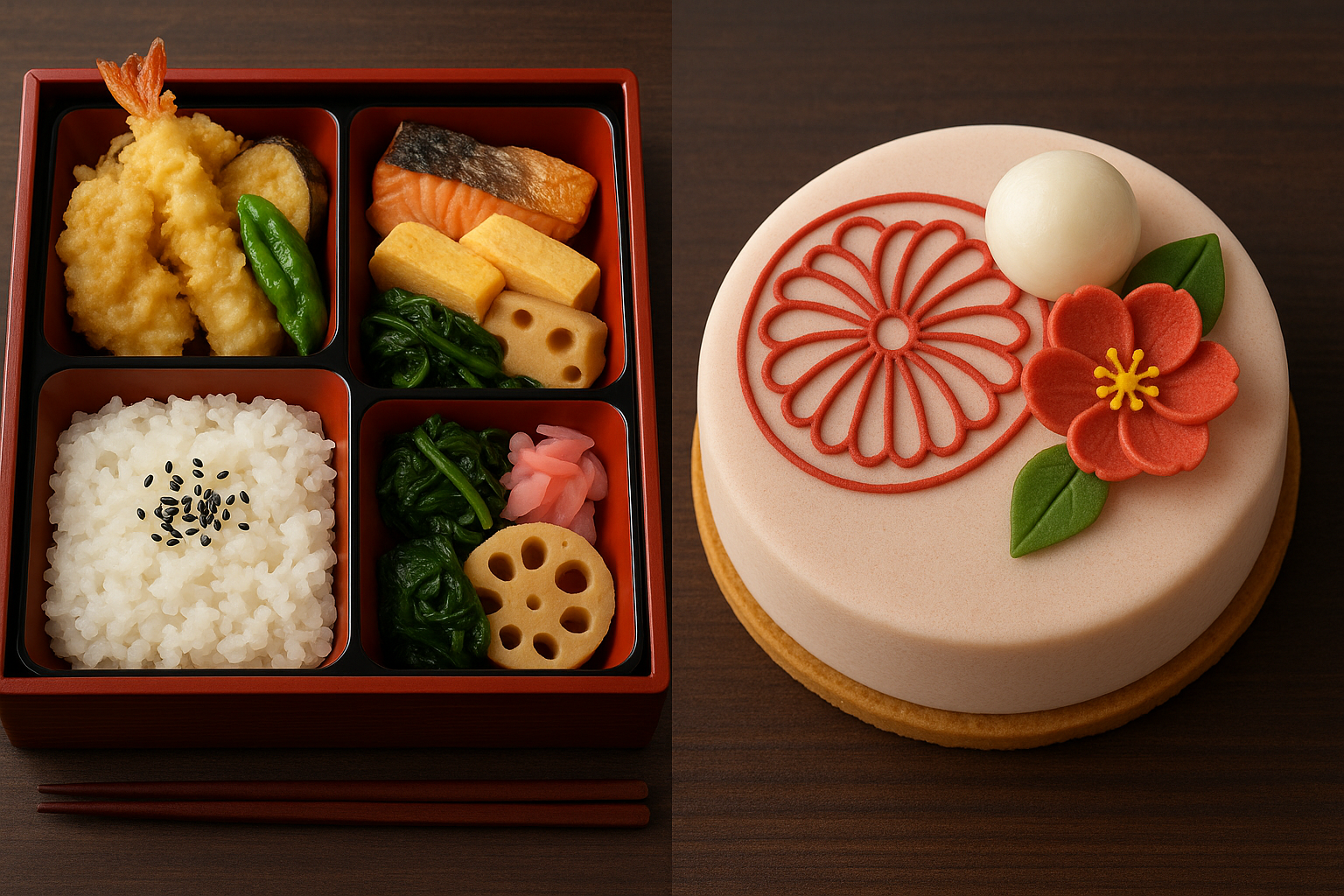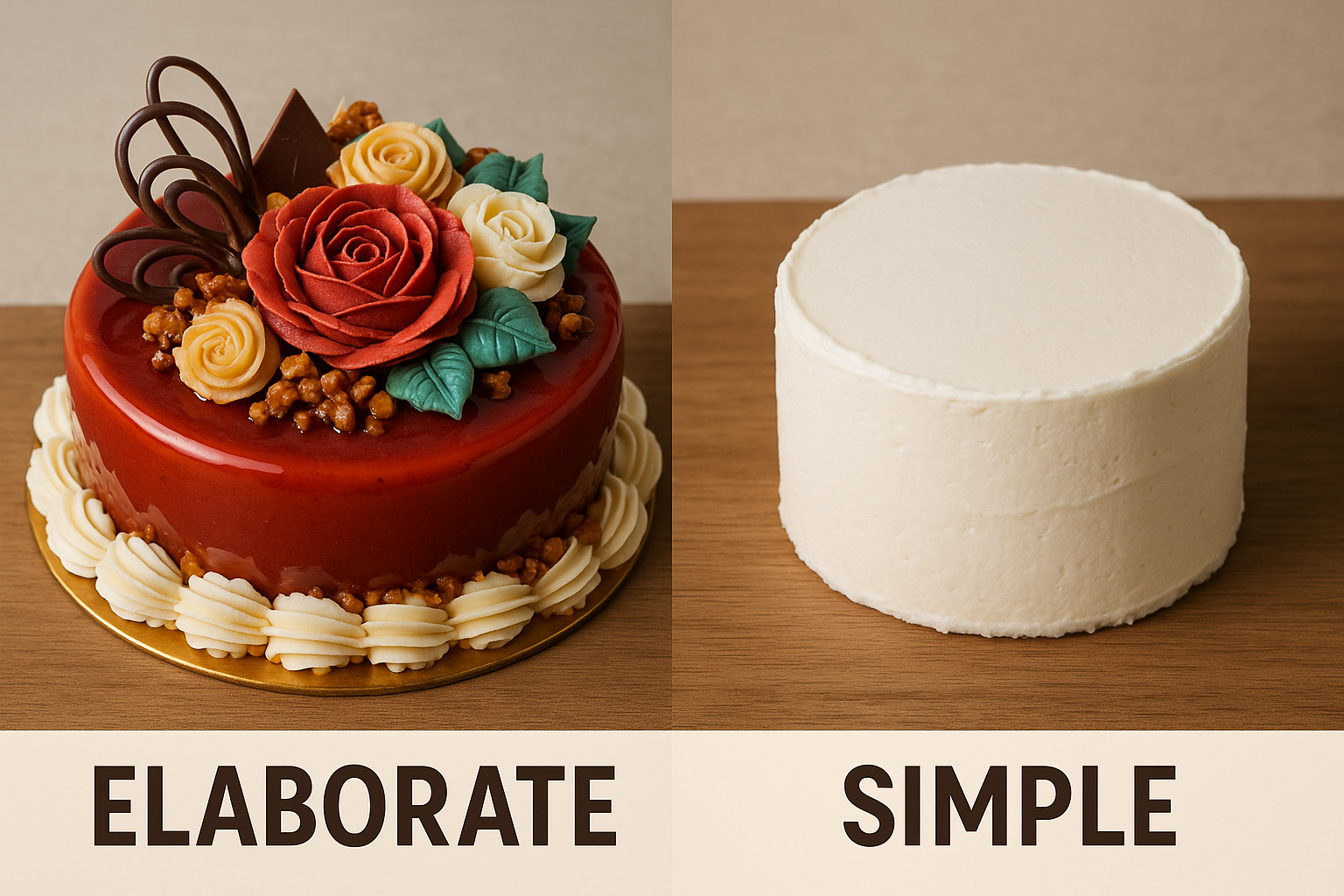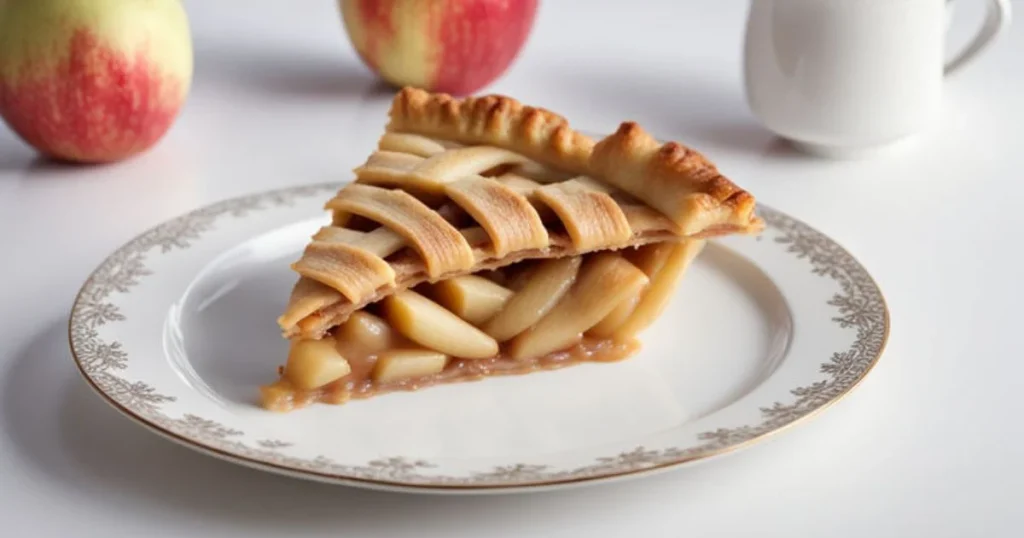Bento Cake Mastery: Complete 2025 Guide with Recipes, Sizes & Business Tips

Have you scrolled through social media lately and been captivated by those adorable, intricately decorated miniature cakes that look almost too beautiful to eat? These stunning creations are taking the baking world by storm and transforming how we think about individual desserts.
With origins in Japanese food culture and massive popularity on platforms like Instagram and TikTok, these artistic desserts represent more than just a baking trend. They embody a shift toward personalized, photogenic food experiences that celebrate special moments in perfectly portioned packages. This comprehensive guide will take you deep into this fascinating world, covering everything from basic techniques to advanced business strategies.
What You’ll Learn in This Ultimate Guide:
- Fundamental Concepts – Definition & Cultural Significance
- Comparative Analysis – Key Differences Explained
- Perfect Sizing Guide – Dimensions & Proportions
- Complete Recipe – Step-by-Step Instructions
- Ingredient Quality – Best Ingredients for Results
- Advanced Decoration – Professional Techniques
- Pricing Strategy – Cost Analysis & Profit Margins
- Market Trends 2025 – Consumer Insights & Data
- Business Startup – Legal Requirements & Marketing
- FAQ Section – Expert Answers to Common Questions
Understanding the Cultural Phenomenon Behind These Artistic Desserts

This culinary innovation represents the perfect marriage of Japanese aesthetics and Western baking traditions. At its core, it’s a small, exquisitely decorated single-serving creation that embodies the Japanese philosophy of “meibutsu” – achieving something extraordinary within defined boundaries. The term specifically references the traditional practice of preparing single-portion meals in organized, compartmentalized containers that are both functional and beautiful.
These artistic desserts typically measure between 3 to 5 inches in diameter, with 4 inches establishing itself as the industry standard. What truly distinguishes them from ordinary small cakes is the extraordinary attention to detail in their decoration, presentation, and personalization. Each piece serves as a miniature canvas where skilled artisans create intricate designs, personalized messages, and stunning visual elements that transform simple treats into edible art.
Cultural Origins and Global Evolution
The trend emerged from Southeast Asia, particularly in culinary-forward nations like the Philippines and Malaysia, where there’s strong influence from both Western baking traditions and Japanese presentation aesthetics. The concept gained initial traction in urban centers where consumers sought unique, Instagram-worthy food experiences that combined visual appeal with practical portion sizes.
According to food trend analysts at Food Network Trends, this movement represents part of the larger “miniaturization trend” in food, where consumers increasingly value quality over quantity and seek personalized dining experiences. What began as a niche baking trend in specialty patisseries has evolved into a global phenomenon, with home bakers and professional chefs worldwide embracing this format as both an artistic outlet and viable business model.
Key Characteristics That Define Authentic Creations:
- Single-serving perfection – Ideal portion for one or two people
- Intricate handcrafted decoration – Multiple techniques per piece
- High-level personalization – Custom messages and themes
- Professional presentation – Luxury gift-like packaging
- Social media optimization – Designed for visual platforms
- Premium ingredient quality – Despite small size
- Cultural authenticity – Respect for original philosophy
- Perfect proportions – Balanced height to diameter ratio
The Psychology Behind the Massive Appeal
The incredible popularity isn’t accidental – it taps into several psychological factors that drive modern consumer behavior. The limited portion size creates perceived scarcity and exclusivity, while the customizability satisfies the growing demand for personalized products. The visual appeal triggers social sharing behavior, and the cultural connection provides storytelling value that enhances the overall experience.
As noted by culinary psychologists, the appeal of miniature foods stems from what’s known as “the small food effect” – where tiny versions of familiar items are perceived as cuter, more desirable, and worth premium pricing. This psychological principle, combined with the Instagrammable quality of these creations, explains why they’ve become such a powerful trend in contemporary culinary culture.
Understanding the Crucial Differences Between Various Small Desserts

While the terms are sometimes used interchangeably in casual conversation, there are profound and significant differences between authentic artistic creations and regular small desserts. Understanding these distinctions is crucial for both consumers and aspiring bakers, as they explain the substantial price differences and set appropriate expectations for quality and presentation.
Conceptual and Philosophical Distinctions
The fundamental difference lies in the underlying concept and culinary philosophy. A simple small cake is just any dessert that’s smaller than standard sizes – it could be a cupcake, a small layer cake, or any reduced-size baked good without specific cultural context. Authentic artistic creations, however, specifically emulate the Japanese philosophy: achieving perfection, balance, and completeness within a small, carefully defined package.
This philosophical difference manifests in numerous practical aspects. While a basic small cake might be straightforward with simple frosting, genuine artistic pieces are expected to demonstrate the complexity, refinement, and artistic merit of full-sized specialty creations, just executed in miniature form. The attention to detail extends to every element, from the crumb structure to the precision of decorative elements.
Presentation, Packaging and Customer Experience
Presentation is where these creations truly distinguish themselves and justify their premium positioning. They are designed with social media sharing and gift-giving in mind, featuring elements that regular small desserts typically lack:
| Feature | Artistic Mini Desserts | Regular Small Cakes |
|---|---|---|
| Decoration Complexity | High – multiple techniques, intricate designs | Variable – often simple frosting or sprinkles |
| Personalization Level | Expected – custom messages, specific themes | Optional – sometimes available for extra cost |
| Packaging Quality | Specialized – luxury gift presentation | Standard – simple box or plastic wrapper |
| Price Point Range | Premium – $20-$80+ depending on complexity | Economical – $5-$25 typically |
| Cultural Context | Essential – Japanese aesthetic inspiration | Irrelevant – no specific cultural connection |
| Target Occasion | Special events, gifts, celebrations | Casual treats, everyday desserts |
| Preparation Time | 2-4 hours average | 30 minutes – 1 hour |
This comprehensive comparison clearly illustrates why artistic mini desserts command significantly higher prices and involve different customer expectations compared to regular small cakes. The level of artistry, personalization, and cultural authenticity involved in creating genuine pieces completely justifies the premium market positioning and explains the growing demand among discerning consumers.
Market Positioning and Consumer Perception
From a marketing perspective, these creations occupy a distinct niche in the bakery market. They’re positioned as luxury artisan products rather than everyday treats, which influences everything from pricing strategy to distribution channels. Consumers purchasing these items typically value experience over convenience and are willing to pay premium prices for custom, Instagram-worthy products that serve both as desserts and as social currency.
According to market research from Baking Business Magazine, the premium mini-dessert segment has grown 34% annually over the past three years, significantly outpacing growth in the overall bakery category. This data underscores the shifting consumer preferences toward personalized, high-quality baked goods that offer both visual appeal and perfect portioning.
Explore More Baking Guides & Resources
Continue your baking journey with these comprehensive guides from our website. Master new techniques and expand your baking knowledge:
Vegan Cupcake – Soft, Fluffy & Absolutely Delicious
Master the art of miniature cupcakes with professional decorating techniques, flavor combinations, and business tips for selling your creations.
Unicorn Cake in 1 Hour – Super Easy & Delicious
Learn advanced buttercream methods, coloring techniques, temperature control, and troubleshooting tips for flawless results in all your baking projects.
Top Tips for the Dreamiest Biscoff Cheesecake
Transform your baking passion into a profitable business with our complete startup guide, legal requirements, pricing strategies, and marketing plan templates.
Frequently Asked Questions About Artistic Mini Desserts
What is a bento cake?
A bento cake is a small, beautifully decorated single-serving cake inspired by Japanese bento boxes. Typically 4 inches or smaller, these miniature cakes are known for their intricate designs, personalized decorations, and perfect portion size for one or two people. Unlike regular cakes, bento cakes emphasize aesthetic presentation and personalization, making them popular for special occasions and social media sharing.
What is the difference between mini cake and bento cake?
While all bento cakes are mini cakes, not all mini cakes qualify as bento cakes. The key differences include: 1) Cultural inspiration – bento cakes specifically emulate Japanese bento box aesthetics 2) Decoration complexity – bento cakes feature intricate, detailed designs 3) Packaging – bento cakes come in specialized, gift-like packaging 4) Personalization – bento cakes often include custom messages or themes 5) Price point – bento cakes command premium pricing due to their artistic value and labor-intensive decoration process.
What size cake is a bento?
Standard bento cake sizes range from 3 to 5 inches in diameter, with 4 inches (approximately 10 cm) being the most popular and practical size. This compact dimension provides enough surface area for creative decoration while maintaining the single-serving concept. The typical bento cake height is 2-3 inches, creating the perfect individual portion that’s substantial enough to feel special but not so large that it creates waste.
Why is bento cake costly?
Bento cakes justify their premium pricing through several factors: 1) Labor-intensive handmade decorations requiring skilled artistry 2) Premium ingredients used in small batches 3) Custom design work for each order 4) Specialized packaging materials 5) Time-consuming nature of miniature detailing 6) Business overhead for custom orders 7) Market positioning as luxury items. The average bento cake takes 2-4 hours to complete, including baking, cooling, and intricate decoration work.
What is the best bento cake recipe for beginners?
The ideal beginner bento cake recipe uses a simple vanilla sponge base with American buttercream frosting. This combination is forgiving for new bakers while providing excellent results. Key tips for beginners: use room temperature ingredients, don’t overmix the batter, invest in a good 4-inch cake pan, practice basic piping techniques first, and allow adequate cooling time before decorating. Starting with simple designs like buttercream swirls or basic flowers builds confidence before attempting complex decorations.
How long do bento cakes last?
Properly stored bento cakes maintain optimal freshness for 2-3 days at room temperature or 5-7 days refrigerated. The shelf life depends on several factors: the type of frosting used (buttercream lasts longer than cream cheese), filling ingredients (fruit fillings reduce shelf life), and storage conditions. For best results, store in an airtight container at cool room temperature away from direct sunlight. Bento cakes with fondant decorations can last slightly longer, up to 1 week when refrigerated properly.
Enjoyed this recipe? Get more!
Join our community of food lovers


